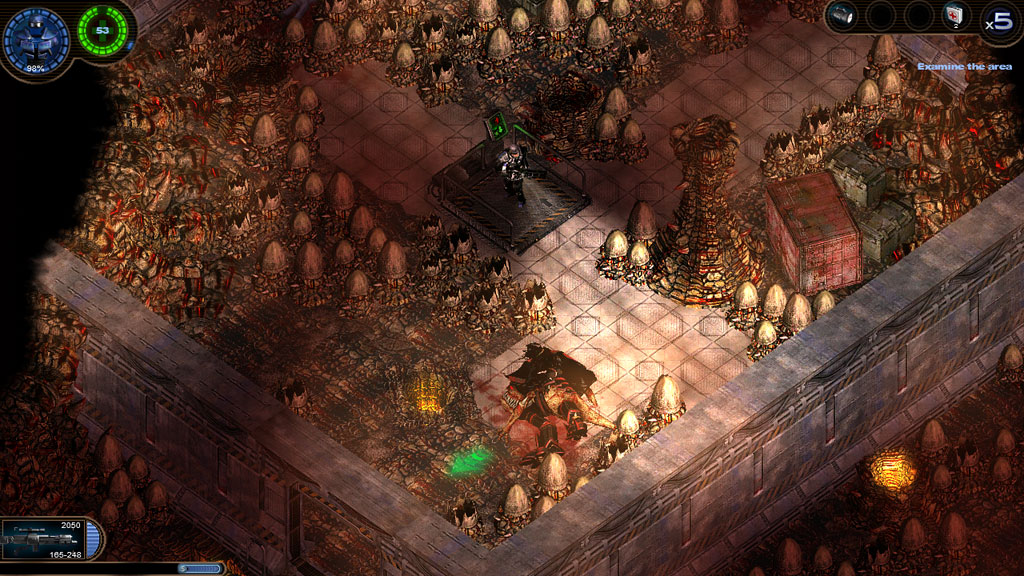Abi Genemapper Software

Results are analyzed with Genemapper software (ABI) and are plotted as peaks corresponding to the PCR fragment sizes. The marker alleles can be marked on pedigrees and analyzed “by eye” or used in a linkage analysis program within Genemapper. Alleles can also be exported as Excel spreadsheets. I would like to ask for any free software like the GeneMapper for genotyping and binning the capillary sequencer results (e.g. ABI files for AFLP and FSA files for microsatellites). Thanks in advance! GeneMapper Software is a flexible genotyping software package that provides DNA sizing and quality allele calls for all Life Technologies electrophoresis-based genotyping systems. This software specializes in multi-application functionality, including amplified fragment length polymorphism (AFLP), l.
Learn more at Use of your Genetic Analyzer to determine the size of DNA fragments - making a multitude of fragment-based applications possible on the same system as that for performing Sanger sequencing. NEW: Life Technologies presents 'The Other Half', a lesser-known story about how you can use your Genetic Analyzer for fragment analysis too. Capillary electrophoresis-based Genetic Analyzers from Applied Biosystems are often called 'sequencers' - mainly because they're most commonly used for Sanger Sequencing, the most broadly utilized technique for sequencing a DNA fragment. But what you may not know is that your Genetic Analyzer can also be used to determine the size of that DNA fragment - making a multitude of fragment-based applications possible on the same system.
Let me show you how it all works. In most fragment analysis applications, the unknown DNA fragment to be analyzed is PCR-generated using a fluorescent primer.
The fluorescent PCR product is then mixed with a size standard, which is an assortment of DNA fragments of known sizes, labeled with a different fluorescent dye than the unknown fragment. The sample is then denatured using a thermal cycler - we recommend the Veriti Thermal Cycler - which is then placed in the Genetic Analyzer for analysis. Once the mix of known and unknown DNA fragments is injected into the Genetic Analyzer, they get separated by size as they migrate through the capillary. Smaller fragments move faster, larger fragments take a little longer. Each labeled fragment is detected by the system camera based on the dye used, and the fluorescent signal produced generates a peak. The peaks in the electropherogram are then analyzed using our GeneMapper® software.
A sizing curve is then generated using the sizes of each known DNA fragment in the size standard and their respective migration times, and this curve is used to precisely determine the size of the unknown fragment. One really big advantage in using your Genetic Analyzer for fragment analysis is the ability to multiplex. When you want to analyze DNA fragments in different size ranges, those fragments can be labeled with the same dye, separated in the capillary and detected individually with no problem. However, when fragment size ranges overlap totally or even partially, you could not identify which peak corresponded to which fragment.
This is where fluorescent multiplexing comes in. With a Genetic Analyzer, multiple dyes can be detected at the same time, so you can use different dyes to label DNA fragments in similar size ranges. Being able to select a mix of fragment sizes and fluorescent labels allows a high level of multiplexing, letting you analyze multiple fragments in a single migration. Another advantage of using a Genetic Analyzer for fragment analysis is the sensitivity it can achieve.

Not to mention you can work with any type of DNA template - even the difficult ones like blood spots or FFPE samples. Unlike sequencing, most fragment analysis applications don't require complex sample preparation or clean up before electrophoresis. And because the determination is size-based, data interpretation is pretty straightforward. You can run a diverse range of fragment analysis applications on a Genetic Analyzer, and you don't need prior knowledge of the DNA sequence either. You can also use peak intensity measurements for relative = applications. So, all you need is to add a drop of your own creativity to develop a custom fragment analysis application in no time.
Genemapper User Manual
But - before you do that, let me show a few you might want to consider. The most common fragment analysis application is for microsatellites, which are repeats of 2, 3, 4 or more bases. These repeat units vary between individuals, which allow you to genotype samples.
DNA fragments containing microsatellites are amplified by PCR, and the size of the amplicon produced is directly linked to the number of repeats. A paternity test is a perfect real-world example of microsatellite analysis in action. The microsatellite profiles for parents and children are compared, and microsatellite alleles found in the child are inherited from both parents. Microsatellites are used for a multitude of other applications too - like animal typing, forensics, disease linkage analysis, chimerism, microsatellite instability due to mutation in DNA mismatch repair enzyme, and loss of heterozygosity.
Partial loss of a chromosome is a common cancer cell abnormality. It results in a loss of the microsatellite allele present on that part of the chromosome. When this happens, the corresponding peak in the microsatellite profile disappears too. The decrease in allele peak intensity in a biopsy sample compared to a normal sample indicates loss of heterozygosity, and confirms the presence of cancer cells.






